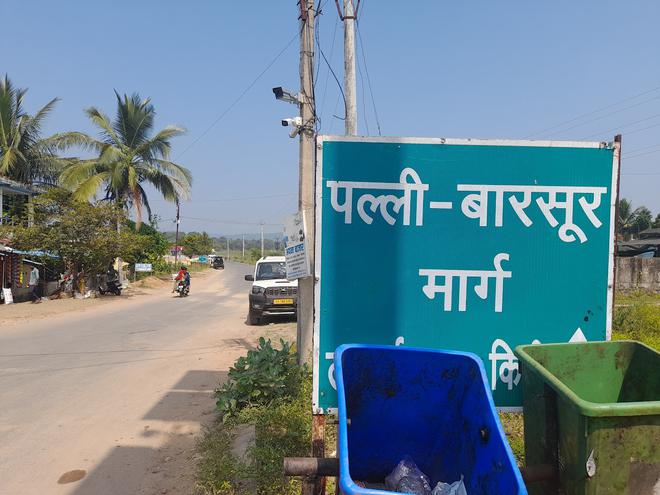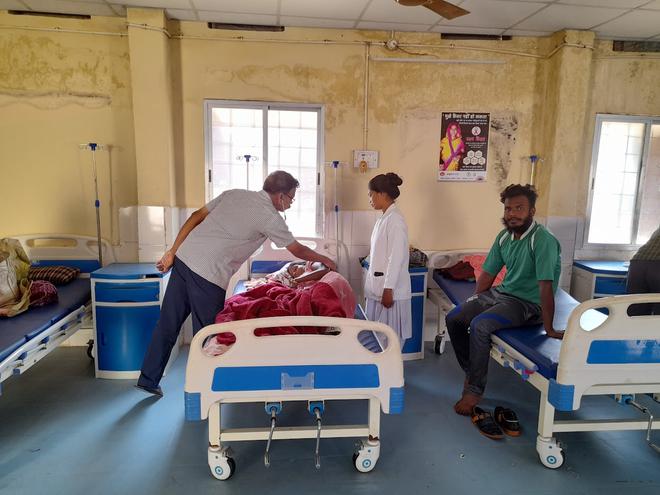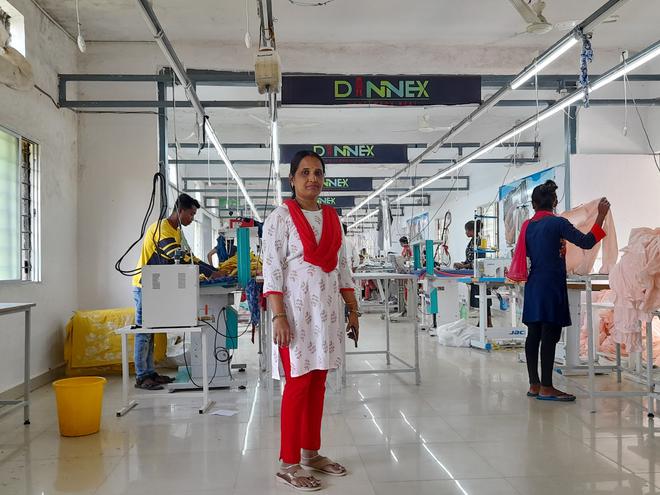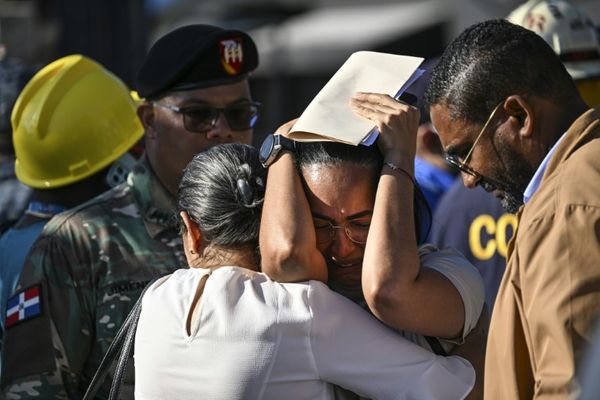A drive through the villages scattered around the newly completed Palli-Barsur Marg (PBM), part of an arterial State Highway in Chhattisgarh’s Bastar region, exposes the accessibility and security challenges of people in this Naxal heartland.
PBM connects Palli village in Narayanpur district with Barsur town in Dantewada district. It cuts through Dantewada, Bijapur, Chitrakot, Narayanpur and Kondagaon Assembly constituencies.
Sadar and Mangnar villages in Bijapur constituency, on either side of the Indravati river, are among villages that stand to benefit from the PBM. While Sadar (pronounced as ‘radar’) is right next to the road, the journey to Mangnar involves traversing a few kilometres of rocky terrain, followed by a narrow and shallow stream, which is part of the Indravati river. Those who have two-wheelers or bicycles have to park them on the other side of the river. A government employee, who is one such commuter, says when the water level rises, things get much worse.
Also Read | Chhattisgarh CM takes a 30% cut, says Modi
“When the Indravati is raging in the peak monsoon months, the village of around 900 residents is cut off from the rest of the region. The functioning of the health centres and the anganwadi is also affected,” he says.

Samadhur Botsalam, a resident of Mangnar, is cycling back to Barsur town, nearly 10 km to the south. He doesn’t mind the cycling - for he is used to it - but his concern is a “warning” that the Maoists, who occupy the dense jungles around Mangnar, have issued. “They send us messages through fellow villagers and ask us not to vote; I do not know what to do,” he says.
In Bijapur Assembly constituency, the main contest is between Vikram Mandavi of the Congress and Mahesh Gagda of the BJP. But with his dilemma being about voting itself, Mr. Botsalam hopes whosoever wins improves the security situation.
Bijapur is among the constituencies declared as “highly sensitive” by the government. Of the 12 Assembly constituencies in the Bastar region, all of which are going to polls in the first phase on Tuesday, four each have been categorised as “highly sensitive”, “moderately sensitive”, and “less sensitive”.
Like Mr. Botsalam, residents of many villages along the PBM, even those in Narayanpur district, depend a lot on Barsur as it is the major town in the region.
Back in Barsur, Ganesh Babu, a doctor at the government hospital, explains the significance of the town. “Although the marked catchment population [of the hospital] is 20,000, due to its accessibility from villages in three other districts – Narayanpur, Bijapur and parts of Bastar – it is the main hospital for nearly 50,000 people. The new road has certainly expanded that,” he says.

Moncy Samson who drives the ambulance for the hospital, says connectivity to Barsur town, which has climbed up the development ladder at a brisk pace in the last decade and a half, not only helps him transport more patients from the interior villages, but has created other opportunities too. One of them, according to Amulkar Nag, a Congress-rebel turned Independent candidate from Dantewada constituency, is jobs.
The setting up of a garment factory, Dannex, with assistance from the district administration in Barsur, has raised hopes. Sunita Mandavi from Hitametta, a village further down the PBM, uses vehicles arranged by the company to reach the factory daily and earns ₹7,000 a month, an amount much higher than what she would have earned by stitching clothes.
In total, the factory, that prepares garments for an online apparel company headquartered in Bengaluru, provides jobs to 500-700 women in the Naxal belt of Dantewada and adjoining areas, says Sandhya Pillai who is the manager of the factory.

In Airpund, another hamlet along the PBM that falls in the Chitrakot Assembly segment, a group of BJP workers are preparing for a campaign march in support of their candidate Vinayak Goyal, who is contesting against State president of the ruling Congress, Deepak Baij. One can observe the cadre getting agitated at the mention of Mr. Baij. One of them, Budru Ram Mandavi, 50, says the Congress’ main plank in these elections has been the special schemes rolled out for paddy farmers and tendu leaves collectors. However, the schemes have been ineffective, he says. “I have been unable to register myself as a farmer. This is true for many of the villagers around. What has happened to the claim of buying ‘each grain’? Also, there are no collection centres for tendu leaves nearby. What’s the point of providing ‘bonus money’ if it is spent on transportation?” he says, as others nod.
The hint of anti-incumbency against the ruling party, which won all 12 seats of Bastar region last time, also resonates in conversations further up north as one moves towards Narayanpur.
Surendra Setia, a farmer in Kadenar village which is part of Kondagaon district and Narayanpur Assembly constituency, appreciates the work on farm loan waivers and increased prices for paddy, but is not happy with the local MLA Chandan Kashyap because “ponds and borewells have only come up in other areas of Narayanpur”. Congress workers in the Bastar region admit that the fight in Narayanpur, where the BJP has fielded former Minister Kedar Kashyap, will be tough.
And while Mr. Setia, and Porchen Korram, whose village comes under Kondagaon constituency, both complain of lack of irrigation facilities impacting the health of his crops, a drive along the BPM also exposes how the vagaries of weather affect the same geographical area in different ways due to the terrain and landscape.
When The Hindu spoke to crop procurement in-charge Dhaneshwar Padam in Bijapur’s Sadar earlier, he said that many were forced to delay the harvest and are even staring at crop damage because the water from Indravati had not receded yet.
The Congress is promising ₹3,200 for every quintal of paddy along with a farm loan waiver, while the BJP has promised ₹3,100 as the parties are vying for the farmer vote bank. But as farming expands its footprint in the Bastar region and with the pole position agriculture has occupied in these elections, the farmers in the tail-end areas demand more.
“Why should the farmer be happy with ₹3,000 he has received so far? Don’t the people who are in jobs in cities expect hikes? It’s the same for everyone,” says Mr. Setia, as he signs off and resumes the harvesting work he had paused for the interaction.







